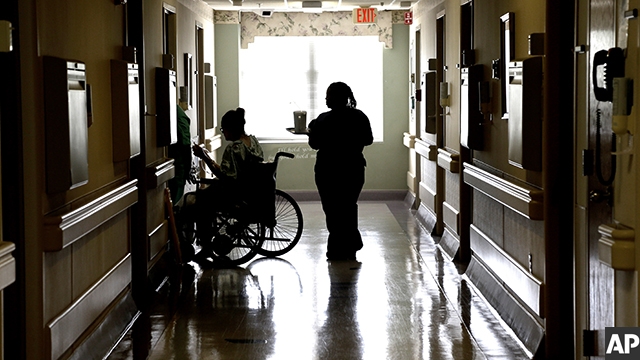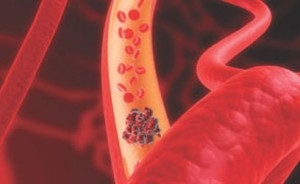April 3, 2017
There is a rural healthcare crisis due to alarming closure rates of Critical Access Hospitals (CAHs) in sparsely populated communities. These communities are experiencing a gap in healthcare access and consequent economic loss in healthcare related jobs, that is having a major impact on population and outcomes in those communities. In an informative piece published on Health Affairs Blog recently, two expert emergency physicians, Dr.’s Jesse Pines and David Ernst, describe an innovative solution to the rural healthcare crisis – the freestanding emergency center (FEC). FECs are facilities that delivers full-capacity emergency department (ED) care while being structurally separate from a hospital. In addition to describing the FEC care model, the authors also describe barriers to dissemination, including economic considerations and how policies could be changed to promoting FEC replacements when CAHs close.
Read: Solving The Rural Health Care Access Crisis With The Freestanding Emergency Center Care Model
Dr. Pines writes, “If a rural community CAN support a hospital, then it provides a comprehensive and vital community service and should by all means stay open. However, NOT ALL communities can support a full hospital even with government subsidies.” Timely access to definitive emergency care reduces mortality, supporting FECs where CAHs cannot be sustained. In the coming months with active discussions about the future of healthcare policy, we should look carefully at the FEC model and how it could help solve the rural access problems and improve population health.
Click here for more information on FEC’s from the American College of Emergency Physicians (ACEP).
Ameer Khalek is a MPH student at the GWU Milken Institute School of Public Health




